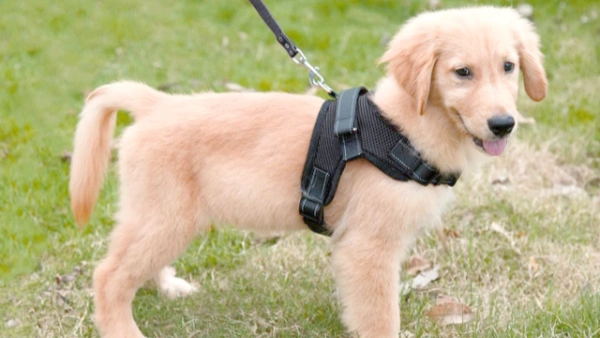How to Teach Your Dog to Speak – Easy Steps and Tips
A playful pup brings joy—but sometimes we wish they’d only bark on cue! Teaching your dog to “speak” is fun, natural, and surprisingly easy. It’s not only a neat trick but also a useful way for your dog to alert you when something matters. This guide lays out the step‑by‑step method to the “speak” command, helping strengthen communication and trust. how to train a dog to speak

Essential Tools You’ll Need
1. **High‑value treats** – Use something your dog really loves. It could be their usual kibble for hungry pups or yummy training bites for maximum motivation.
2. **Clicker (optional)** – If you're clicker‑training, use the click as the primary reward signal.
3. **Your dog’s attention** – Show the treat, let them notice it, then hold it back so they stay focused and interested.
Step 1: Wait for Them to Bark Naturally
Hold the treat in view and wait for your dog to bark—no teasing or prompting. If they’re shy, trigger a bark by knocking on something or ringing a bell. As soon as they bark, reward them immediately with a treat and praise (“Yes!”).
Step 2: Repeat and Then Add the Command
Keep sessions short—5 to 10 minutes. Once your dog consistently barks for the treat, introduce your command cue, like “Speak!” just before the bark. You can also add a hand gesture (e.g., palm up). With repetition, they'll link the command to barking. train dog to speak

Step 3: Fade Treats over Time
Once barking reliably follows the cue, gradually phase out treats but keep verbal praise. Continue practicing in new places—like the porch, sidewalk, or near distractions—so the behavior stays solid wherever you go.
Step 4: Use the “Speak” Skill Trigger
Now you can use “Speak!” for practical needs—like asking your dog to bark when someone’s at the door or to signal they need to go out. You’ve built a valuable communication tool! how to train your dog to talk

Step 5: Teach the Opposite: “Quiet!”
Once your dog speaks on cue, teach “Quiet!” by:
Prompting “Speak!” so they bark.
Then saying “Quiet” and waiting for them to stop, even briefly.
Reward them the moment they stop barking.
This balances the skill and avoids unwanted barking.
Everything Our Vets Recommend
Frequently Asked Questions
Q1: What is the best way to start teaching my dog to speak?
A1: Reward your dog when it barks naturally, then add a command word like “Speak.”
Q2: How long does it take for a dog to learn the speak command?
A2: Many dogs learn within a week with daily short training sessions.
Q3: Can teaching a dog to speak cause excessive barking?
A3: Only if the behavior isn’t managed with clear start and stop cues.
Final Thought:
Teaching your dog to speak and be quiet on command builds trust, fun, and clarity in communication. With **clear cues**, **timed rewards**, and **patience**, you’ll have a well‑behaved barking companion. Keep sessions short, positive, and joyful—and remember, every dog learns in their own time. how to train a dog to talk
You May Like:
- How to Leash Train a Dog: A Step-by-Step Guide to Confident Walks
- How to Crate Train Your Dog – A Clear & Simple Guide
- Top 10 Easiest Dog Breeds to Train – Perfect for First-Time Owners
- How to Train Your Dog to Sit and Stay: Step-by-Step Guide
User Comments
Does flea treatment kill ear mites too?
Can dogs take human probiotics?
Can dogs have people probiotics safely?
Related Articles
View all
How to Leash Train a Dog: A Step-by-Step Guide to Confident Walks

How to Teach Your Dog to Speak – Easy Steps and Tips

Crate Training Mistakes: How to Crate Train Your Dog Kindly

Top 10 Easiest Dog Breeds to Train – Perfect for First-Time Owners

How to Leash Train a Dog: A Step-by-Step Guide to Confident Walks

How to Teach Your Dog to Speak – Easy Steps and Tips

Crate Training Mistakes: How to Crate Train Your Dog Kindly

Top 10 Easiest Dog Breeds to Train – Perfect for First-Time Owners

How to Train Your Dog to Sit and Stay: Step-by-Step Guide

2025’s Ways: How to Train a Dog Not to Bite Strangers

2025’s Fast: How to Potty Train the Dog Stress-Free














Leave a Reply